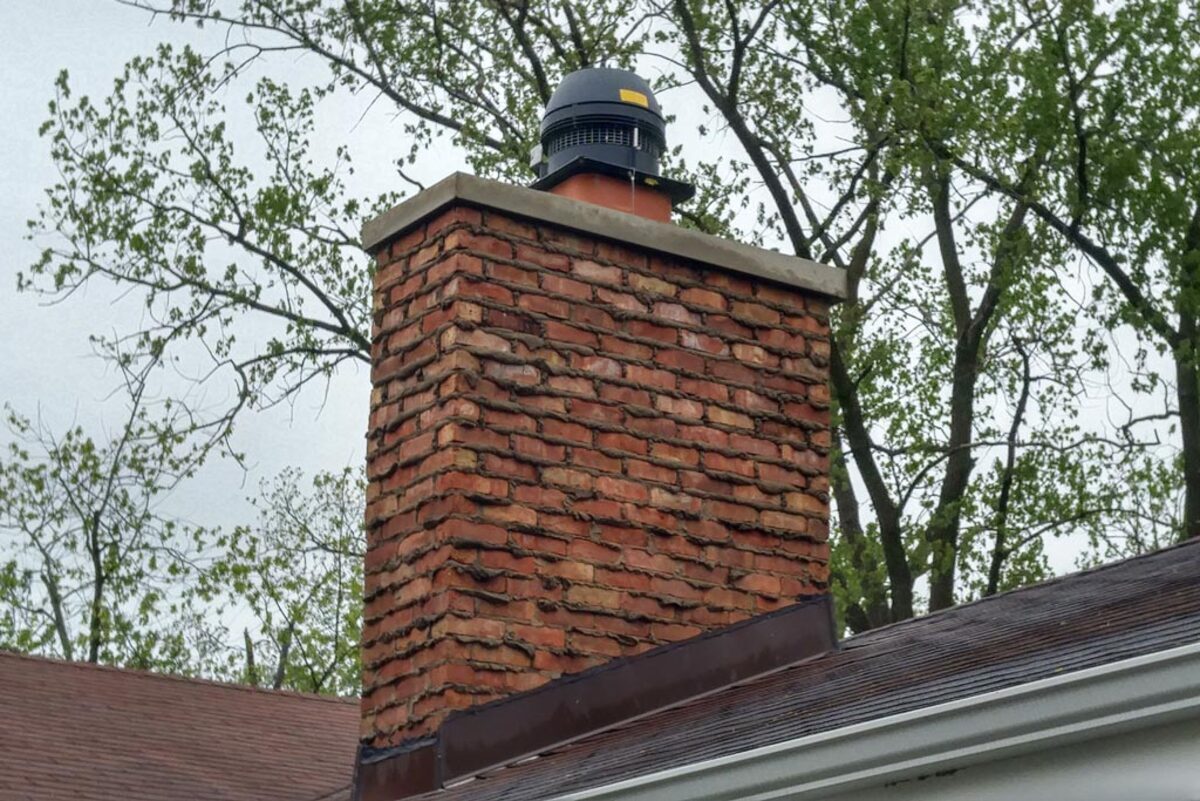

Articles
What Happens If Chimney Is Blocked
Modified: February 24, 2024
Discover what happens when a chimney is blocked and learn how to prevent potential risks. Read our informative articles to ensure your chimney is clean and functional.
(Many of the links in this article redirect to a specific reviewed product. Your purchase of these products through affiliate links helps to generate commission for Storables.com, at no extra cost. Learn more)
Introduction
Having a fireplace in your home can be a great source of warmth, comfort, and ambiance. However, it’s essential to understand the importance of maintaining a clean and well-functioning chimney system. A blocked chimney can lead to a variety of issues that can be not only inconvenient but also hazardous for both your home and your health.
In this article, we will explore the potential dangers and consequences of a blocked chimney. We will also discuss the signs to look out for and the steps you should take if you suspect a blockage. Moreover, we will provide useful tips on how to prevent chimney blockages in the first place.
Understanding the inner workings of a chimney system is vital to comprehend the risks associated with blockages. The purpose of a chimney is to safely exhaust the byproducts of combustion, such as smoke, carbon monoxide, and other gases, out of your home. A properly functioning chimney allows for efficient airflow, keeping your indoor air quality clean and reducing the risk of hazards.
However, when a chimney becomes blocked, it hampers the proper flow of air and can lead to a host of problems. Creosote buildup, animal nests, leaves, debris, or even structural issues can all contribute to a blocked chimney.
Recognizing the signs of a blocked chimney is crucial, as it allows you to take prompt action before the situation worsens. Some common signs to watch out for include:
- Difficulty in starting or maintaining a fire
- Smoke filling the room instead of being directed up and out of the chimney
- Unpleasant odors coming from the fireplace
- Visible soot or debris falling into the fireplace or hearth
- Poor draft or air pressure issues in your home
A blocked chimney poses several dangers to your home and its occupants. Firstly, the smoke and gases that are unable to escape can accumulate in the living spaces, leading to poor indoor air quality. This can cause respiratory issues, eye irritation, and even carbon monoxide poisoning, which can be life-threatening.
Addictionally, a blocked chimney can also result in structural damage to your home. The excess smoke and heat trapped in the chimney can damage the flue lining, bricks, and mortar, leading to costly repairs or even chimney fires.
When a chimney is blocked, it can also cause smoke and soot to seep out of the fireplace and stain your walls, furniture, and carpets. This can be unsightly and difficult to clean.
Now that we’ve highlighted the dangers associated with a blocked chimney, let’s discuss what actions you should take if you suspect a blockage.
Key Takeaways:
- Regular chimney inspections and cleanings, along with the use of properly seasoned firewood, can prevent blockages and ensure safe and efficient chimney performance.
- Recognizing the signs of a blocked chimney, such as poor draft and smoke filling the room, is crucial for taking prompt action to address potential dangers and protect your home and family.
Read more: How To Build A Block Chimney
Understanding the Chimney System
To truly grasp the implications of a blocked chimney, it’s essential to have a solid understanding of how the chimney system works. A chimney is a vertical structure designed to provide an outlet for smoke, gases, and other byproducts of combustion to safely exit your home.
The chimney system consists of several components that work together to ensure proper airflow and ventilation. These components include:
- Chimney Flue: The flue is the inner chamber of the chimney that channels the smoke and gases out of your home. It is usually lined with a material, such as clay or stainless steel, that is resistant to heat and corrosion.
- Chimney Cap: Positioned at the top of the chimney, the chimney cap serves as a protective cover. It prevents rain, debris, and animals from entering the chimney while allowing for proper airflow.
- Chimney Crown: The chimney crown is a mortar or concrete slab that sits on top of the chimney structure. It helps protect the chimney from water damage by directing rainwater away from the flue.
- Chimney Damper: The chimney damper is a movable metal plate or valve located just above the firebox. It can be opened or closed to control the airflow and prevent drafts when the fireplace is not in use.
- Chimney Liner: The chimney liner provides an additional layer of protection for the chimney flue. It helps improve draft, insulates the chimney, and prevents the corrosive byproducts of combustion from damaging the chimney structure.
When your fireplace is in use, the combustion process generates smoke and gases. The rising hot air creates a draft that pulls the smoke up the chimney and out of your home. A well-functioning chimney system ensures that the smoke is efficiently expelled, preventing it from lingering indoors.
However, several factors can contribute to a blocked chimney. One common issue is creosote buildup. Creosote is a black, tar-like substance that accumulates on the interior walls of the chimney flue over time. It is a byproduct of burning wood and other organic materials. If not regularly cleaned, this creosote can become thick and sticky, obstructing airflow.
Another potential cause of chimney blockage is the presence of animal nests or debris. Birds, squirrels, raccoons, and other critters may find their way into your chimney and build nests, particularly during the non-burning seasons. These nests can obstruct the flow of smoke and gases, leading to a blocked chimney.
Additionally, leaves, twigs, and other debris can be carried by wind and enter the chimney, causing blockages. Structural issues, such as a damaged or collapsed chimney liner, can also impede proper airflow.
Now that we have a better understanding of how the chimney system works and the potential causes of blockages, let’s move on to identifying the signs of a blocked chimney.
Signs of a Blocked Chimney
Identifying the signs of a blocked chimney is crucial to prevent further complications and ensure the safety of your home and family. Here are some common indicators that can help you determine if your chimney is blocked:
- Poor Draft: If you notice a weak or inconsistent draft, where the smoke from the fireplace doesn’t rise up the chimney as it should, this could be a sign of a blockage. The restricted airflow prevents proper ventilation and can cause smoke to enter your living space.
- Smoke Filling the Room: Instead of being directed up and out of the chimney, smoke may start to fill the room. This is a clear sign that the chimney is not functioning correctly and requires immediate attention.
- Unpleasant Odors: A blocked chimney can cause odors to enter your home. These odors may be due to the accumulation of soot, creosote, or even decomposing animal nests or debris. If you notice a persistent, unpleasant smell coming from the fireplace, it’s a sign that there could be a blockage in the chimney.
- Soot or Debris in the Fireplace: When you have a blocked chimney, you may notice the presence of soot or debris falling into the fireplace or hearth. This often occurs when the chimney system is unable to effectively carry out the byproducts of combustion.
- Poor Indoor Air Quality: A blocked chimney can lead to the accumulation of smoke, gases, and other pollutants indoors. This can result in poor indoor air quality, causing respiratory problems, allergic reactions, and eye irritation.
It’s important to note that these signs can vary depending on the severity and type of blockage. In some cases, the symptoms may be subtle, while in others, they can be more apparent. Therefore, it’s crucial to pay close attention and address any potential signs of a blocked chimney as soon as possible.
Now that we’ve discussed the signs of a blocked chimney, let’s delve into the potential dangers that can arise from such blockages.
Dangers of a Blocked Chimney
A blocked chimney can pose significant dangers to both your home and your health. It’s essential to be aware of these potential risks and take appropriate measures to address them promptly. Here are some of the dangers associated with a blocked chimney:
- Poor Indoor Air Quality: When a chimney is blocked, the smoke, gases, and other byproducts of combustion have nowhere to escape. As a result, these pollutants can accumulate in your home, leading to poor indoor air quality. Breathing in these contaminants can cause respiratory issues, irritate the eyes, and trigger allergies or asthma symptoms.
- Carbon Monoxide Poisoning: One of the most severe dangers of a blocked chimney is the risk of carbon monoxide (CO) poisoning. Carbon monoxide is a toxic gas that is colorless, odorless, and tasteless. It is produced when fuels, such as wood, coal, or gas, do not fully combust. When a chimney is blocked, CO can build up in your home, posing a life-threatening risk. Symptoms of carbon monoxide poisoning include headaches, dizziness, nausea, confusion, and even loss of consciousness. If you suspect carbon monoxide poisoning, leave your home immediately and seek medical attention.
- Structural Damage: A blocked chimney can also lead to structural damage to your home. The excess smoke and heat trapped in the chimney can cause the flue lining, bricks, and mortar to deteriorate over time. As a result, the integrity of the chimney can be compromised, leading to costly repairs or even chimney fires.
- Fire Hazards: The accumulation of flammable creosote, debris, or nesting materials inside a blocked chimney can increase the risk of a chimney fire. When a chimney fire occurs, it can cause extensive damage to the chimney and potentially spread to other areas of your home. Regular chimney cleaning and maintenance are essential to minimize this risk.
- Smoke Damage: When a chimney is blocked, smoke and soot can seep out of the fireplace and enter your living spaces. This can result in smoky odors, stains on walls and ceilings, and damage to furniture, carpets, and household belongings.
As you can see, a blocked chimney is not a problem to be taken lightly. It can have serious consequences for both your home’s structural integrity and the health and safety of your family.
Next, let’s explore the potential consequences that a blocked chimney can have on your house.
Potential Consequences for the House
A blocked chimney can lead to various consequences for your house, ranging from structural damage to aesthetic issues. It’s important to address a blocked chimney promptly to prevent these consequences from worsening. Here are some potential consequences that a blocked chimney can have on your house:
- Deterioration of Chimney Structure: The excess heat and smoke trapped in a blocked chimney can cause the chimney’s structural components to deteriorate. The intense heat can weaken the bricks and mortar, leading to cracking, crumbling, or even collapse. This can compromise the integrity of your chimney and require significant repairs or, in severe cases, chimney replacement.
- Water Damage: A blocked chimney can prevent proper drainage of rainwater. This can lead to water seeping into the chimney, causing damage to the interior walls and chimney structure. Over time, this water infiltration can result in mold growth, rotting of wood, and even damage to adjacent walls and ceilings.
- Staining and Discoloration: When a chimney is blocked, smoke and soot can escape into your living spaces instead of being directed out of the house. This can result in unsightly stains and discoloration on walls, ceilings, and nearby surfaces. Removing these stains can be a challenging and time-consuming task.
- Unpleasant Odors and Allergens: A blocked chimney can cause unpleasant odors to permeate your home. Moreover, if there are animal nests or debris accumulation, it can attract pests and allergens, exacerbating any existing allergy or respiratory conditions in your household.
- Decreased Energy Efficiency: A blocked chimney can hinder the proper functioning of your heating system. It can lead to poor air circulation and decrease the efficiency of your fireplace or wood-burning stove. As a result, you may experience higher energy bills and reduced warmth in your home.
These potential consequences highlight the importance of regular chimney maintenance and ensuring that your chimney remains unobstructed. Timely inspections, professional cleanings, and vigilance can help prevent these issues and protect the overall well-being of your house.
Next, let’s explore the health risks associated with a blocked chimney.
Regularly inspect and clean your chimney to prevent blockages. Use a chimney brush to remove soot and debris, and consider installing a chimney cap to keep out animals and debris.
Read more: What Happens If You Don’t Clean Your Chimney
Health Risks Associated with a Blocked Chimney
A blocked chimney not only poses dangers to the integrity of your house but also to the health of its occupants. The presence of smoke, gases, and other pollutants can have significant health implications. Here are some of the health risks associated with a blocked chimney:
- Poor Indoor Air Quality: A blocked chimney restricts the proper ventilation of smoke and gases, leading to the accumulation of these pollutants in your home. Breathing in this contaminated air can cause respiratory issues, such as coughing, wheezing, and shortness of breath. It can also trigger allergies, asthma attacks, and other respiratory conditions.
- Carbon Monoxide Poisoning: Carbon monoxide (CO) is a highly toxic gas that can be produced when fuels do not fully combust. In the case of a blocked chimney, the buildup of CO can be life-threatening. CO is odorless and invisible, making it difficult to detect without proper alarms. Exposure to high levels of carbon monoxide can result in symptoms such as headaches, dizziness, nausea, confusion, and even loss of consciousness. Prolonged exposure or a high concentration of CO can be fatal.
- Eye and Skin Irritation: The smoke and soot that seep into your living spaces due to a blocked chimney can cause eye and skin irritation. Contact with these irritants can lead to redness, itching, and discomfort. People with sensitive skin or pre-existing respiratory conditions may be more susceptible to these effects.
- Allergies and Asthma: The presence of allergens, such as dust mites, mold spores, and animal dander, can increase inside your home when a chimney is blocked. These allergens can trigger allergic reactions, including sneezing, congestion, itching, and wheezing. For individuals with asthma, exposure to these allergens can exacerbate their symptoms and lead to asthma attacks.
- Increased Risk of Infections: If animal nests or debris accumulate in a blocked chimney, it can attract pests and insects. These pests can carry bacteria, viruses, and parasites, increasing the risk of infections and diseases. Additionally, the presence of moisture and mold growth inside a blocked chimney can further contribute to a less hygienic environment.
Given these health risks, it’s crucial to address a blocked chimney promptly. Regular chimney inspections, cleanings, and the use of carbon monoxide detectors can help safeguard the health and well-being of everyone in your home.
Now that we’ve explored the potential health consequences, let’s move on to the steps you should take if you suspect a blocked chimney.
Steps to Take if You Suspect a Blocked Chimney
If you suspect that your chimney may be blocked, it’s important to take immediate action to address the issue. Here are some steps you should take if you suspect a blocked chimney:
- Stop Using the Fireplace: The first and most crucial step is to stop using your fireplace or wood-burning stove. Continuing to burn fires can exacerbate the blockage and increase the risk of smoke and gases entering your home.
- Open Windows and Doors: To improve ventilation and allow fresh air to circulate, open windows and doors in the affected area. This can help reduce the buildup of smoke and pollutants indoors.
- Check for Obvious Blockages: Carefully inspect the chimney from the outside to look for any visible blockages, such as animal nests or debris. Use a flashlight to get a clear view of the chimney’s opening. If you find a blockage, do not attempt to remove it yourself. Instead, contact a professional chimney sweep to safely remove the obstruction.
- Install Carbon Monoxide Detectors: Carbon monoxide is a silent and deadly gas. To ensure the safety of your household, install carbon monoxide detectors on each level of your home, near sleeping areas, and in close proximity to your fireplace. These detectors can alert you if there are elevated levels of carbon monoxide and provide an early warning to evacuate and seek medical attention if necessary.
- Seek Professional Help: If you suspect a blocked chimney, it’s best to consult with a professional chimney sweep or fireplace technician. They have the expertise and specialized tools to assess the situation accurately and safely remove any blockages. Professional chimney sweeps can also carry out a thorough cleaning of your chimney to prevent future blockages and ensure optimal performance.
- Maintain Regular Chimney Maintenance: To prevent chimney blockages and maintain the safety of your home, it’s essential to schedule regular chimney inspections and cleanings. Chimney sweeps recommend annual inspections to identify and address any potential issues before they escalate.
- Consider Installing a Chimney Cap: A chimney cap can serve as a preventive measure to keep debris, critters, and rainwater out of your chimney. It is an effective way to minimize the risk of blockages and maintain proper airflow. Consult with a professional to ensure you choose the right chimney cap for your specific chimney and fireplace setup.
By following these steps, you can take the necessary measures to address a blocked chimney and minimize the potential risks and hazards associated with it. Remember, the safety of your home and the well-being of your family should always be a top priority.
Next, let’s explore some preventive measures to help you avoid chimney blockages altogether.
How to Prevent Chimney Blockages
Preventing chimney blockages is crucial for maintaining a safe and functional chimney system. By following these preventive measures, you can minimize the risk of blockages and ensure proper airflow. Here are some steps you can take to prevent chimney blockages:
- Regular Chimney Inspections: Schedule annual chimney inspections conducted by a professional chimney sweep. They will assess the condition of your chimney, identify potential blockages, and address any maintenance or repair needs. Regular inspections allow for early detection and prevention of blockages before they become significant issues.
- Chimney Cleaning: Schedule regular chimney cleanings to remove any soot, creosote, or debris that may have accumulated in the flue. Cleaning helps maintain proper airflow and reduces the risk of blockages. A professional chimney sweep will have the necessary tools and expertise to perform a thorough cleaning safely.
- Use Properly Seasoned Firewood: Burn only dry and properly seasoned firewood in your fireplace. Wet or unseasoned wood produces more smoke and creosote, which can lead to faster buildup in the chimney. Dry firewood burns more efficiently, reducing the amount of creosote produced and minimizing the risk of blockages.
- Avoid Burning Inappropriate Materials: Never burn materials other than seasoned firewood and approved fire starters. Burning paper, cardboard, trash, or treated wood can release harmful chemicals, produce excess smoke, and contribute to the buildup of creosote and other debris in the chimney.
- Install and Maintain a Chimney Cap: A chimney cap serves as a barrier, preventing debris, animal nests, and rainwater from entering the chimney. Make sure you have a properly installed and well-maintained chimney cap. Regularly inspect the cap for any damages or obstructions and replace it if necessary.
- Keep Surrounding Trees Trimmed: Trim any overhanging branches or nearby trees that may potentially drop leaves, twigs, or other debris onto your roof or chimney. Falling debris can find its way into the chimney and cause blockages.
- Secure Chimney Breaches: Ensure that your chimney is properly sealed and any breaches, cracks, or gaps are repaired promptly. These openings can invite animals, insects, and debris into the chimney, contributing to blockages.
- Use a Spark Guard or Fireplace Screen: Install a spark guard or fireplace screen in front of your fireplace to catch any sparks or embers. This prevents any flying debris from escaping the fireplace and potentially causing blockages or starting a fire.
Following these preventive measures will help keep your chimney system clear and functioning properly. Regular maintenance, proper burning practices, and a vigilant approach to chimney care are key to preventing blockages and ensuring the safety and efficiency of your fireplace.
Now that we’ve covered how to prevent chimney blockages, let’s conclude our discussion.
Conclusion
A blocked chimney can have detrimental effects on both your home and your health. Understanding the chimney system, recognizing the signs of a blockage, and taking the necessary steps to address the issue are crucial for maintaining a safe and functional chimney. The potential dangers and consequences of a blocked chimney, from poor indoor air quality to structural damage, highlight the importance of regular chimney maintenance and prompt action.
If you suspect a blocked chimney, it’s essential to stop using your fireplace, open windows for ventilation, and seek professional help from a chimney sweep. Carbon monoxide detectors should be installed to monitor the presence of this silent but deadly gas. Additionally, implementing preventive measures, such as regular inspections, cleanings, and the use of a chimney cap, can significantly reduce the risk of blockages and ensure optimal performance.
Remember, the health and safety of your home and family should always be a top priority. By being proactive and maintaining a clean and unobstructed chimney system, you can enjoy the benefits of your fireplace while minimizing the risks associated with blockages.
So, take the necessary steps to keep your chimney clear, seek professional assistance when needed, and prioritize regular chimney maintenance. With an efficiently functioning chimney, you can enjoy the warmth, comfort, and relaxation that a fireplace brings to your home.
Frequently Asked Questions about What Happens If Chimney Is Blocked
Was this page helpful?
At Storables.com, we guarantee accurate and reliable information. Our content, validated by Expert Board Contributors, is crafted following stringent Editorial Policies. We're committed to providing you with well-researched, expert-backed insights for all your informational needs.
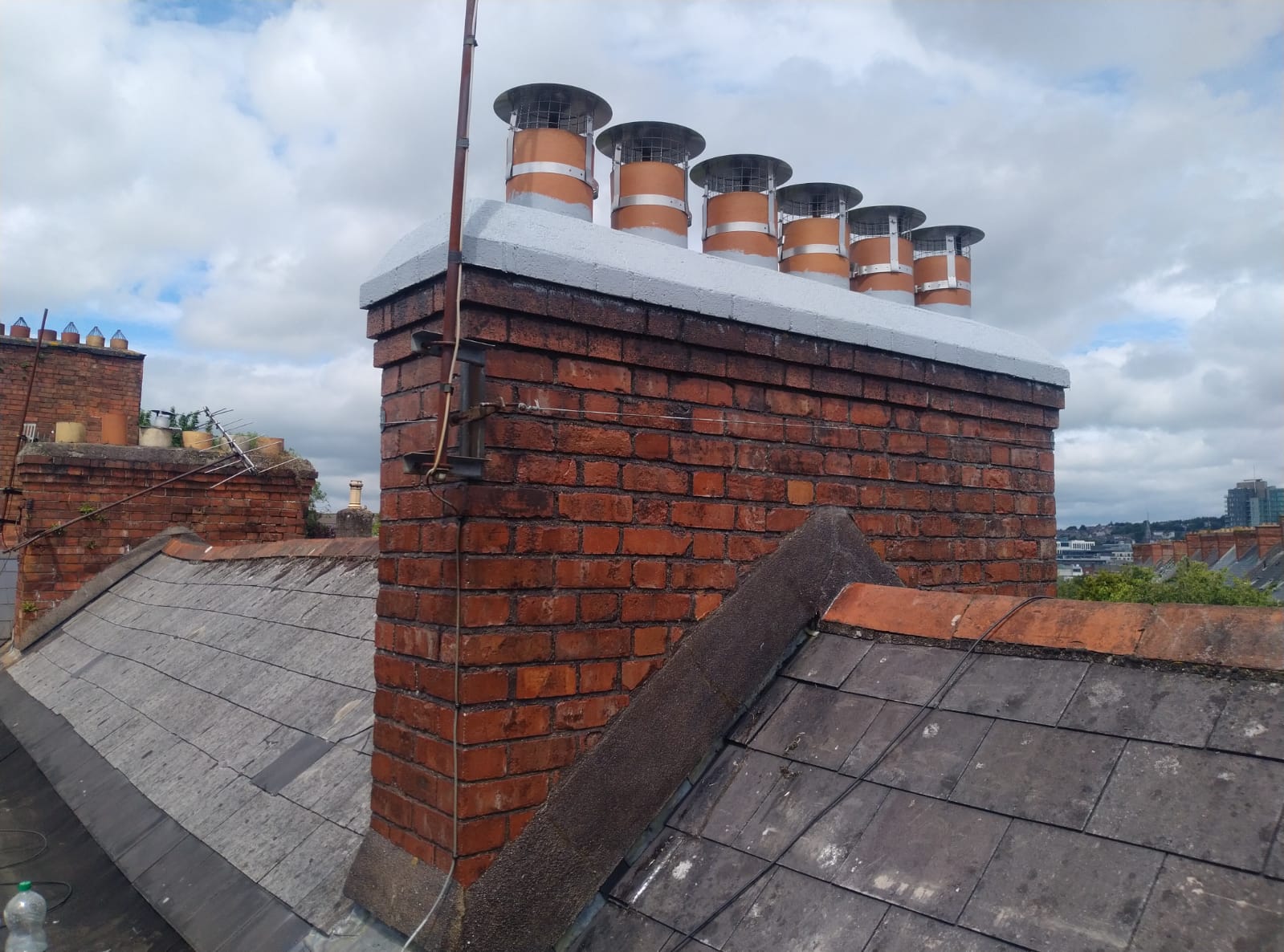
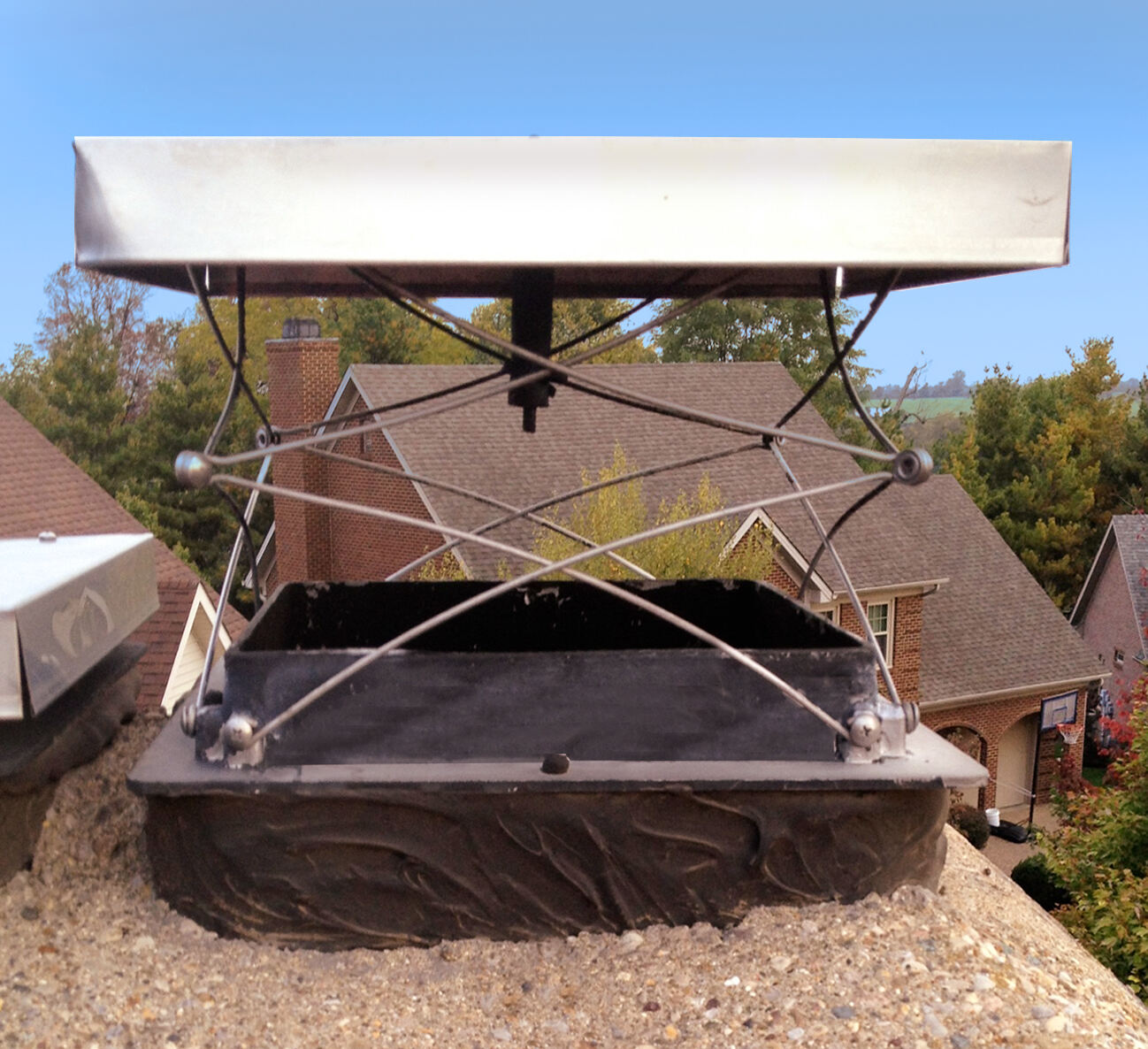
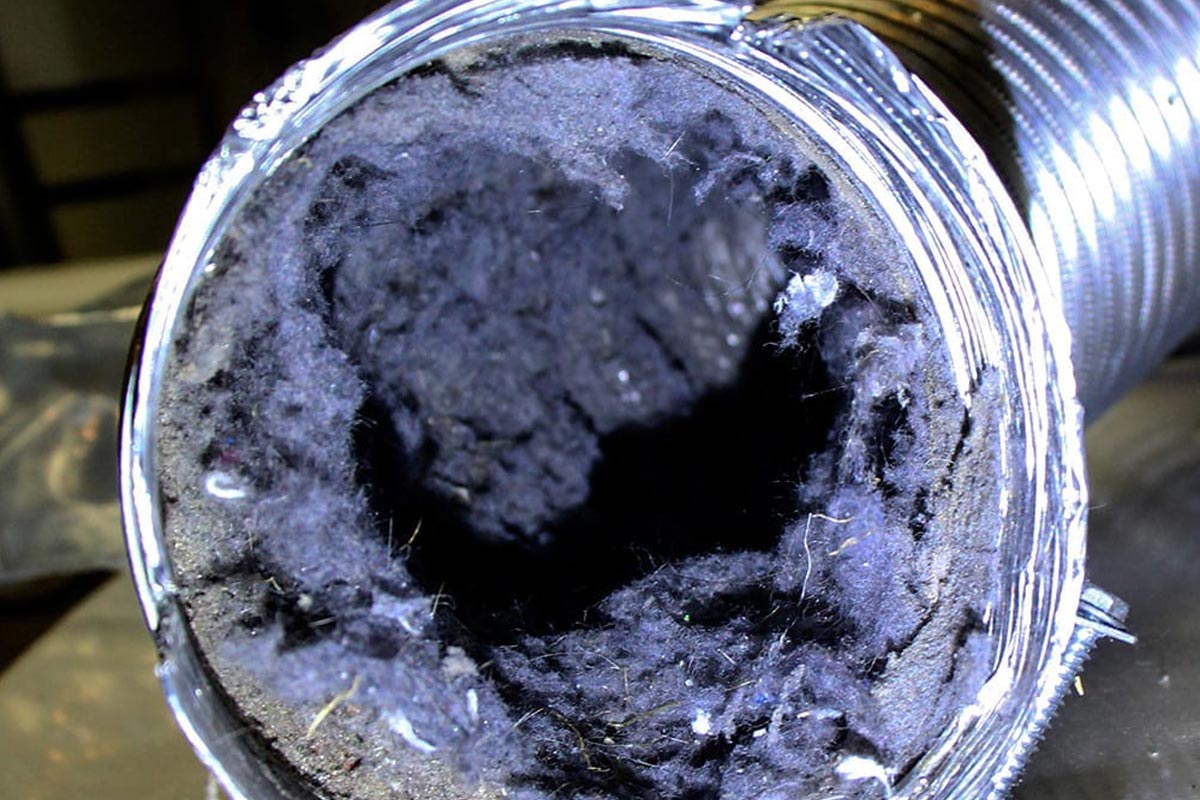
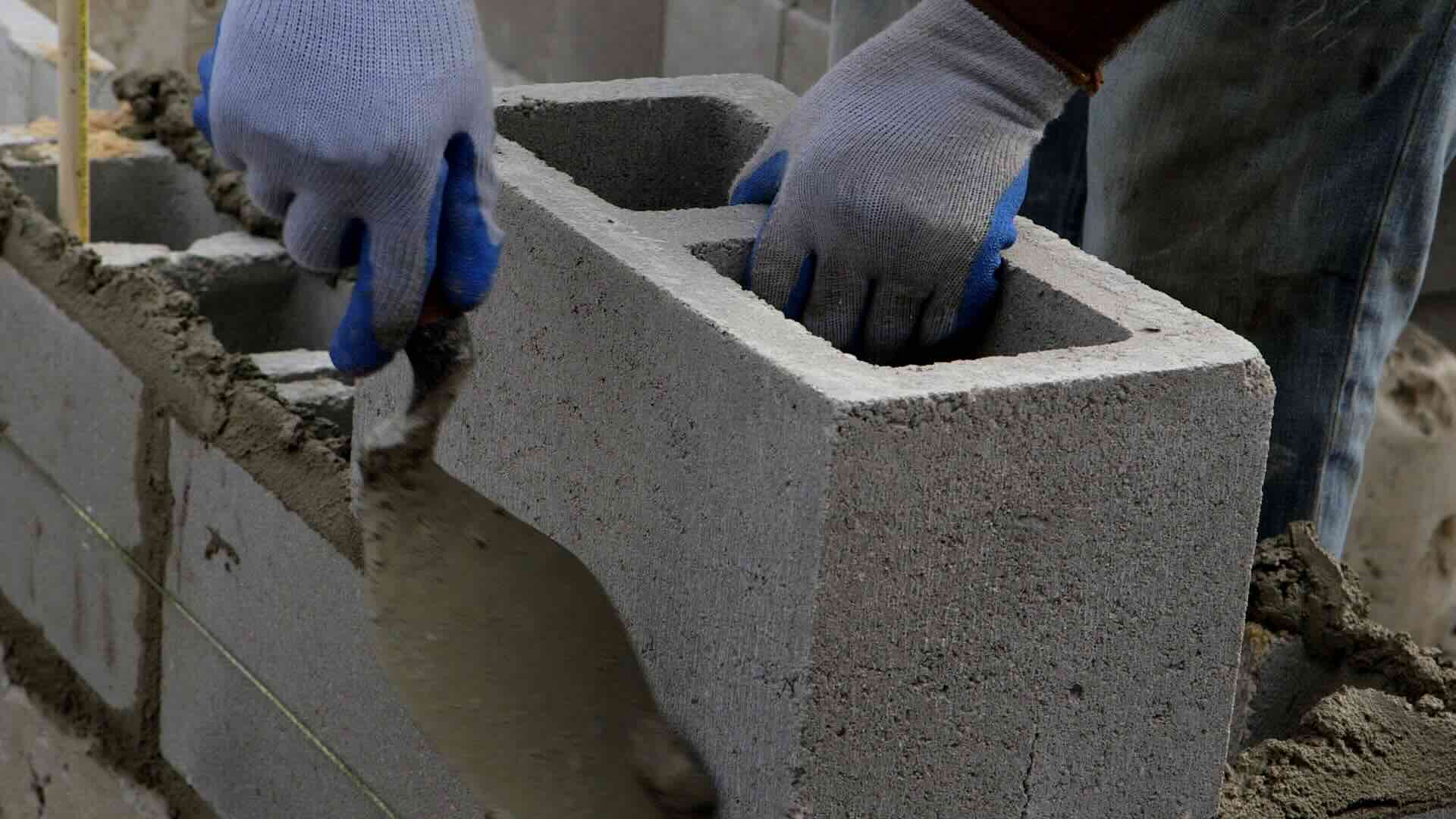

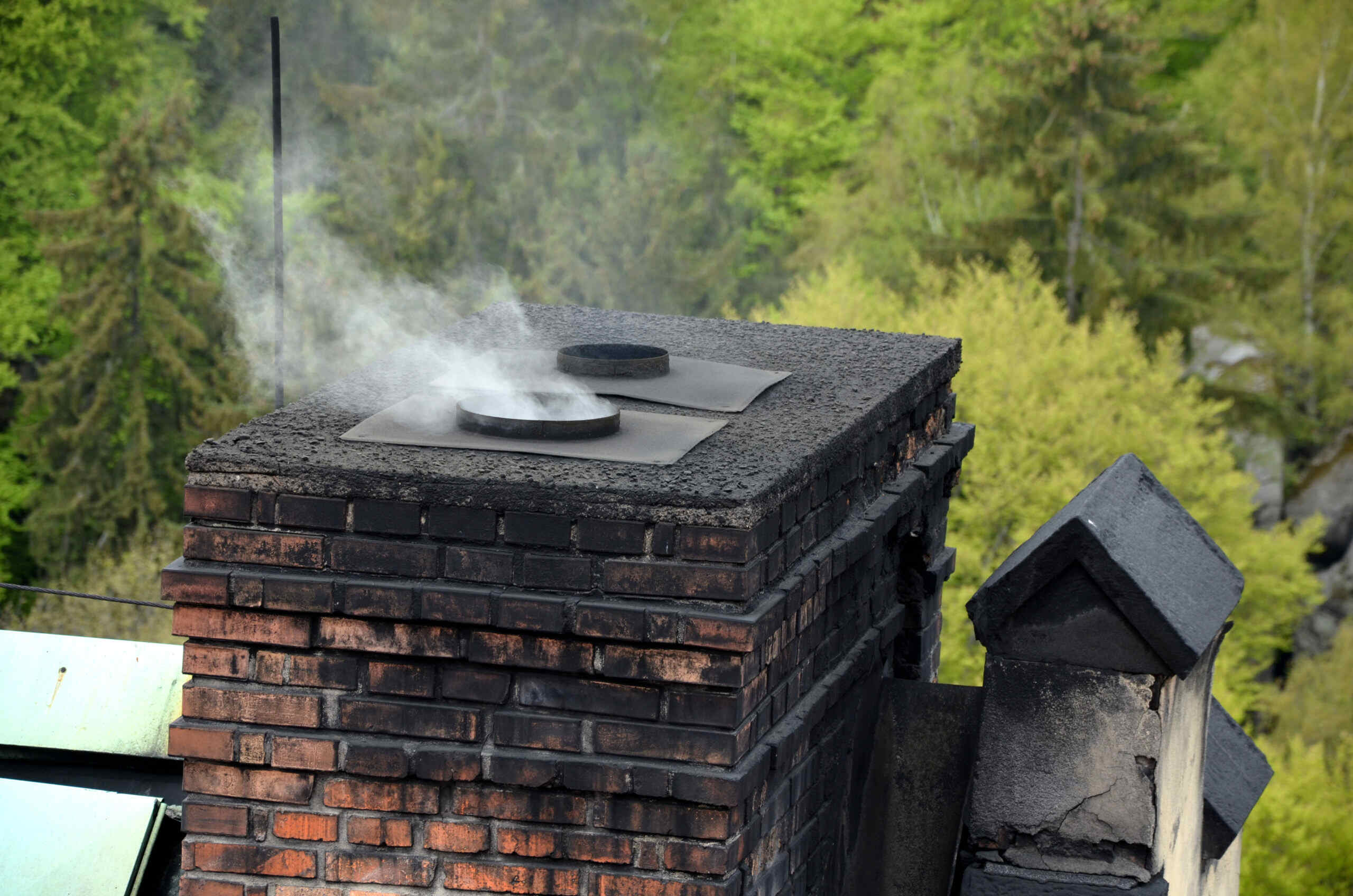
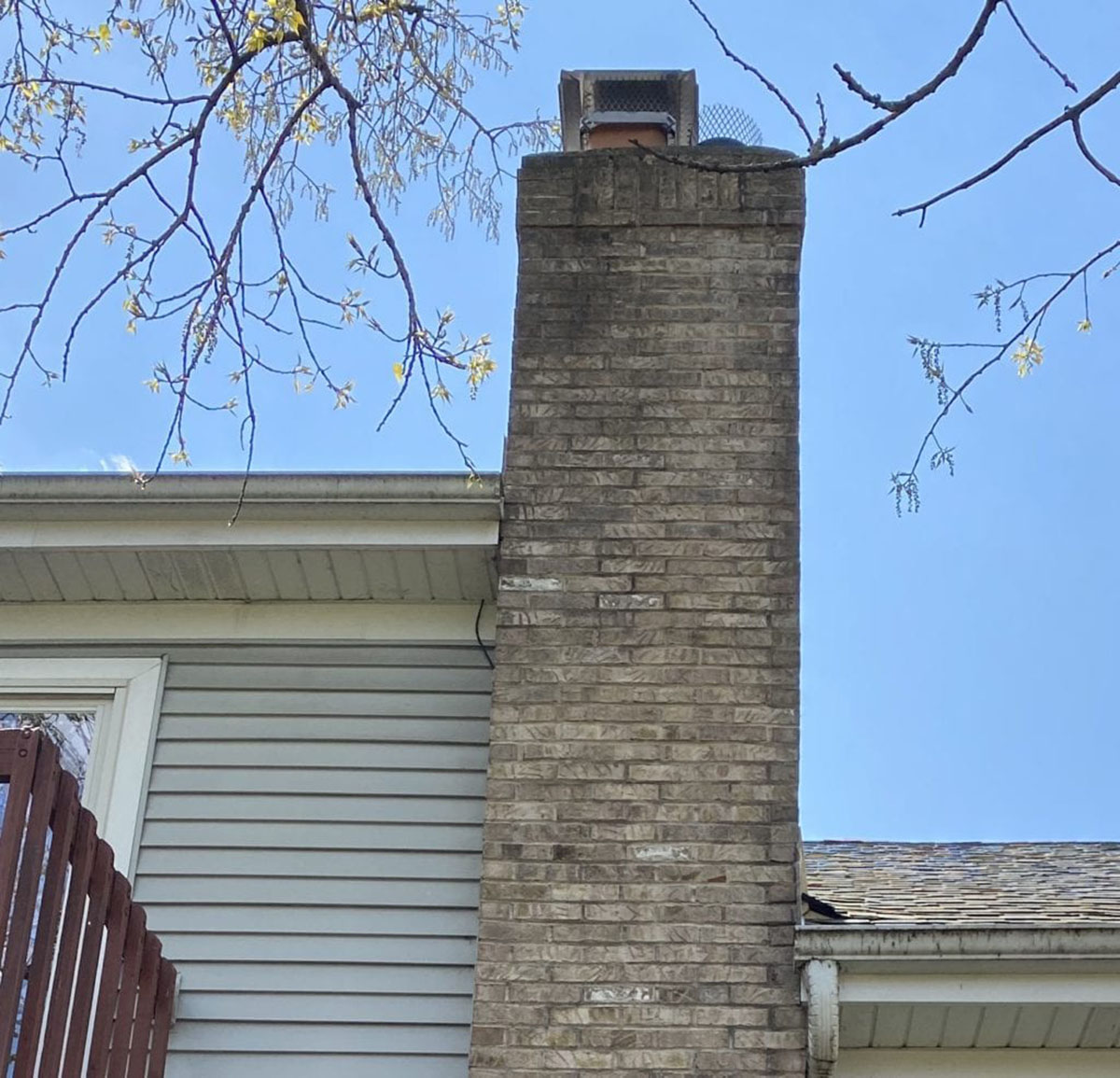
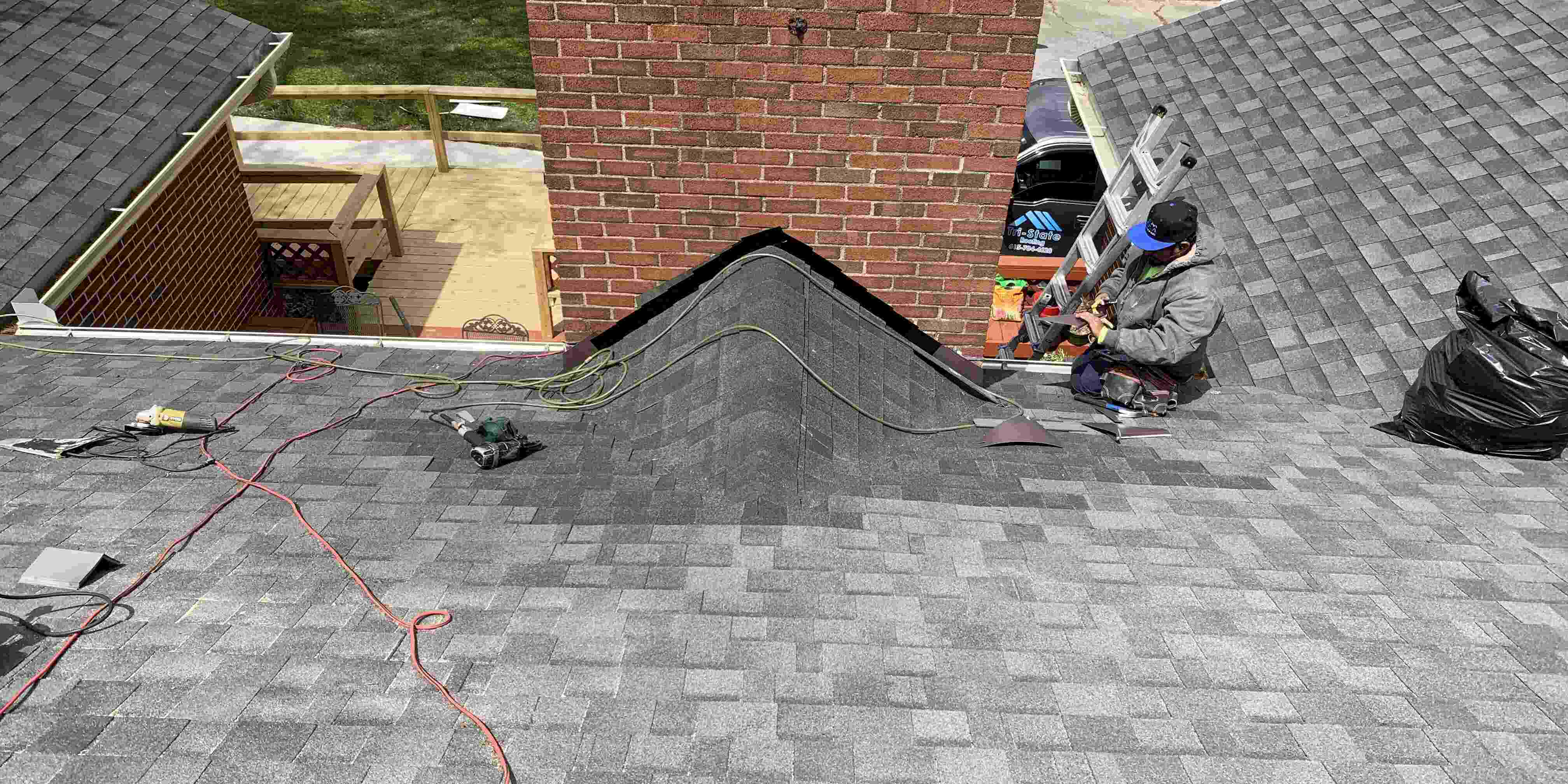
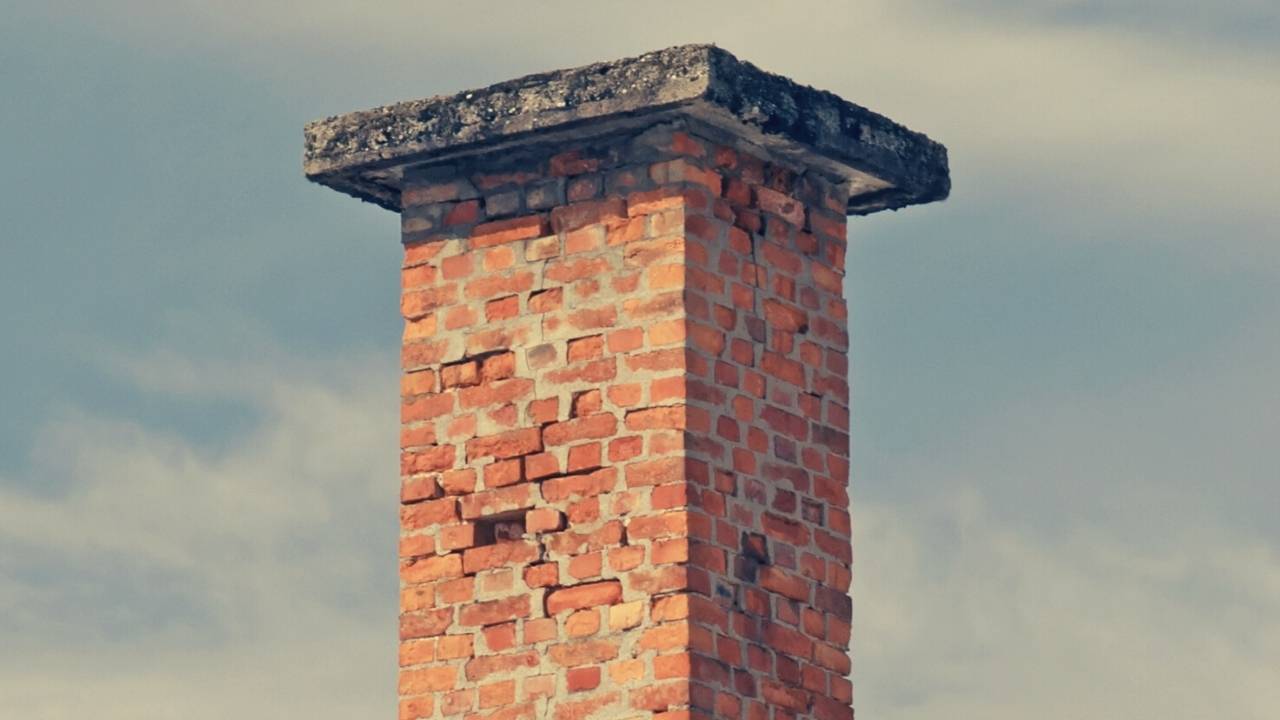
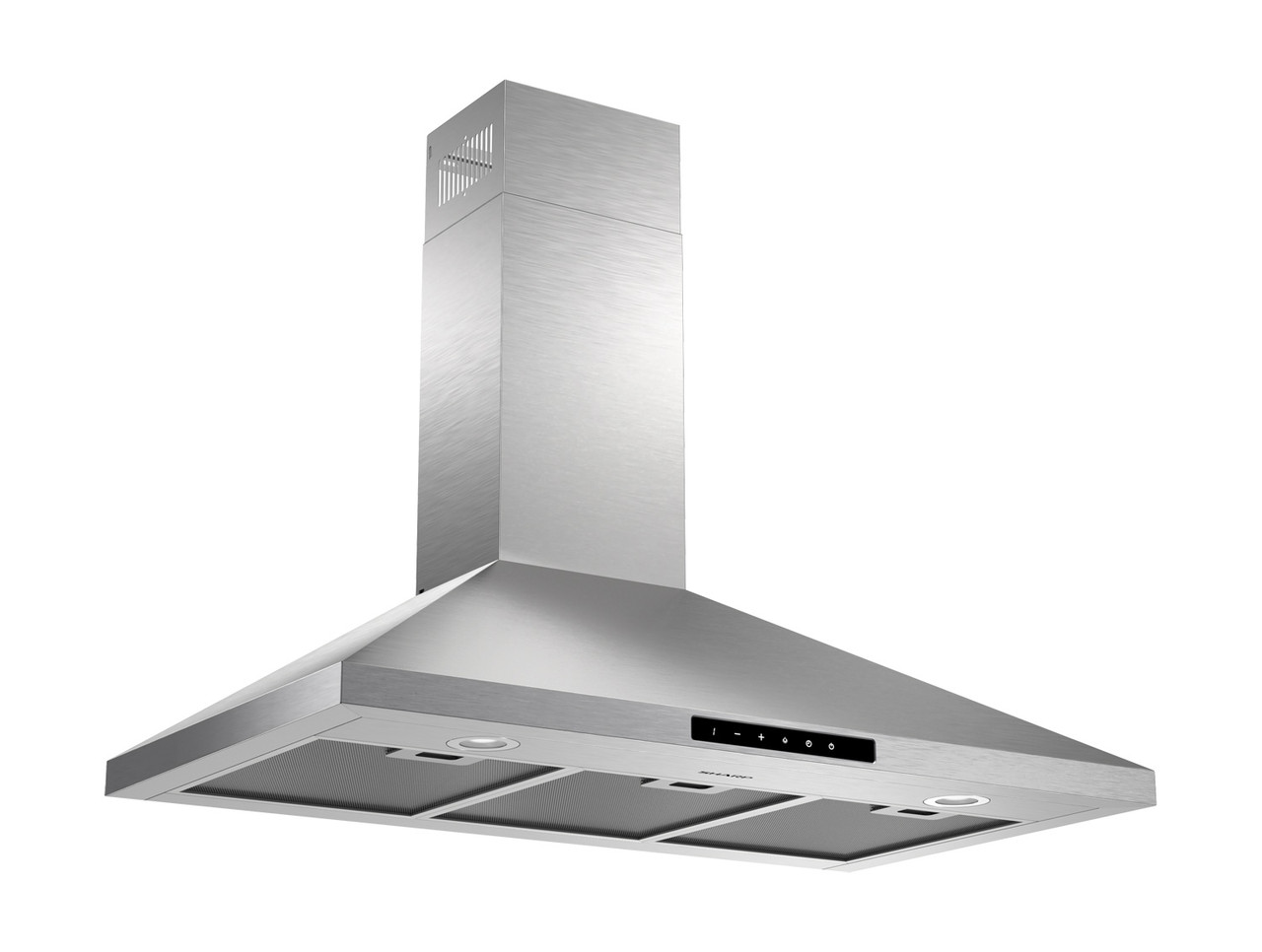
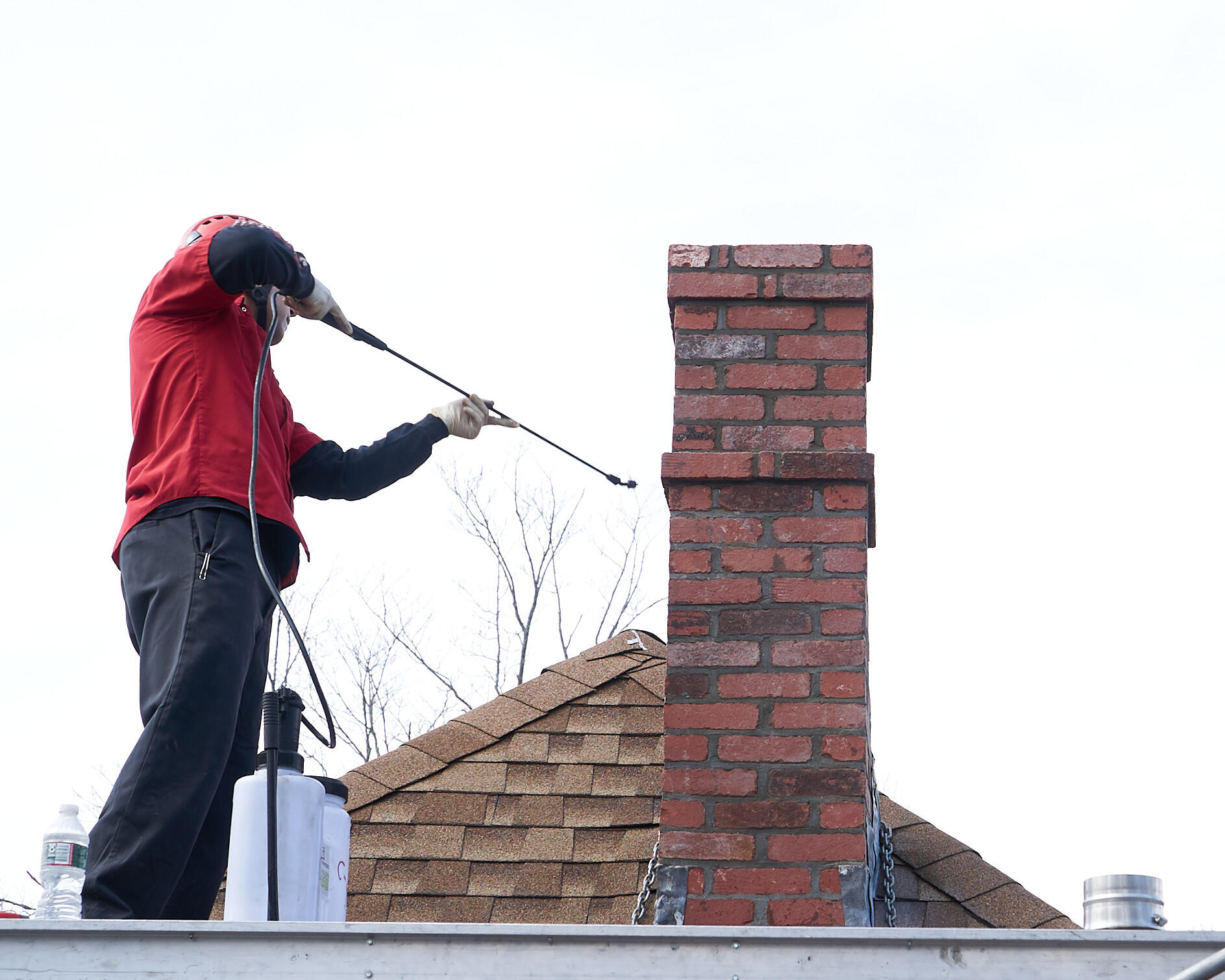
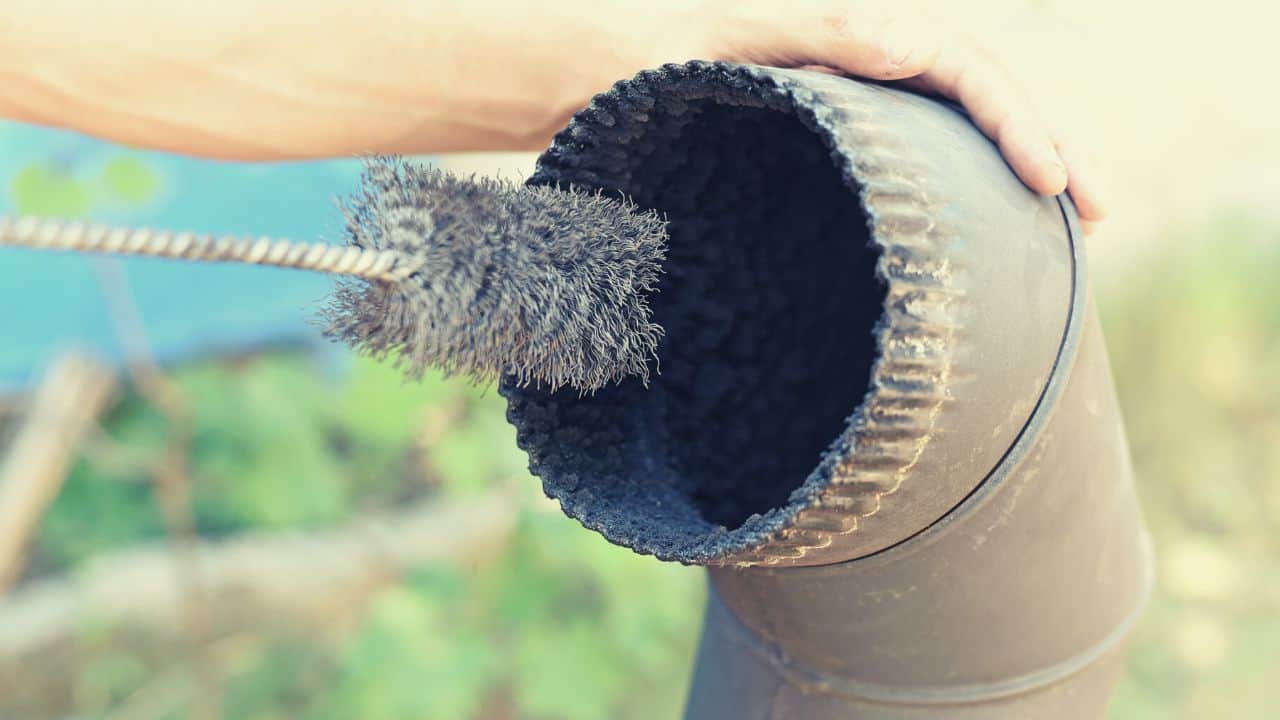
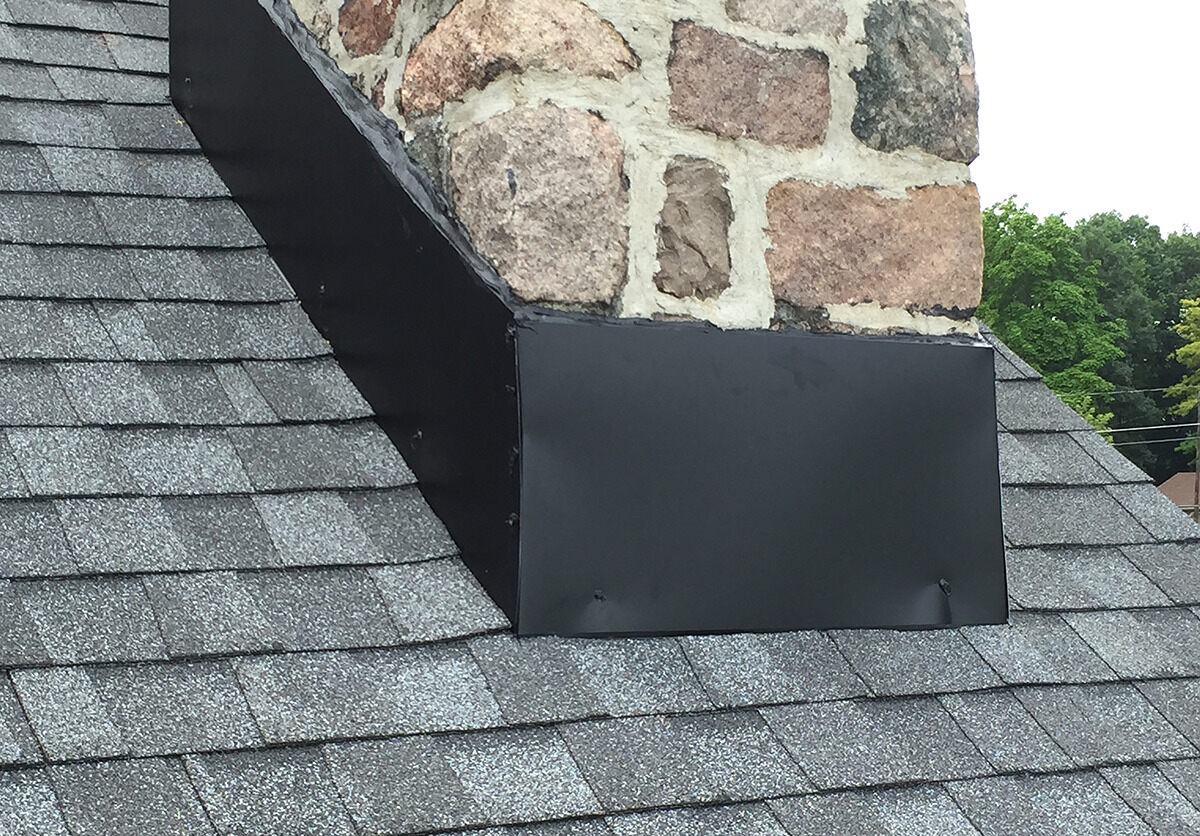
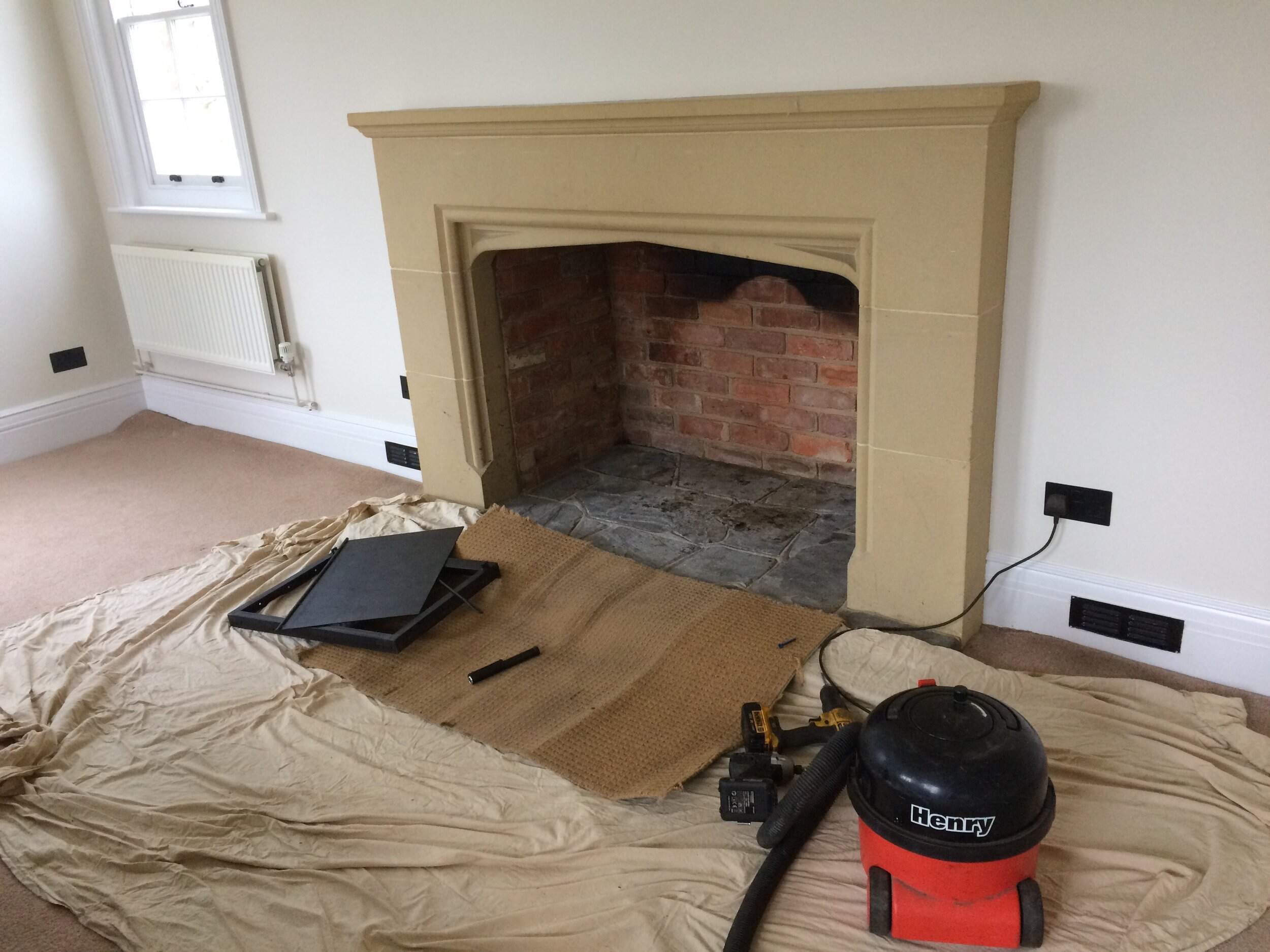

0 thoughts on “What Happens If Chimney Is Blocked”